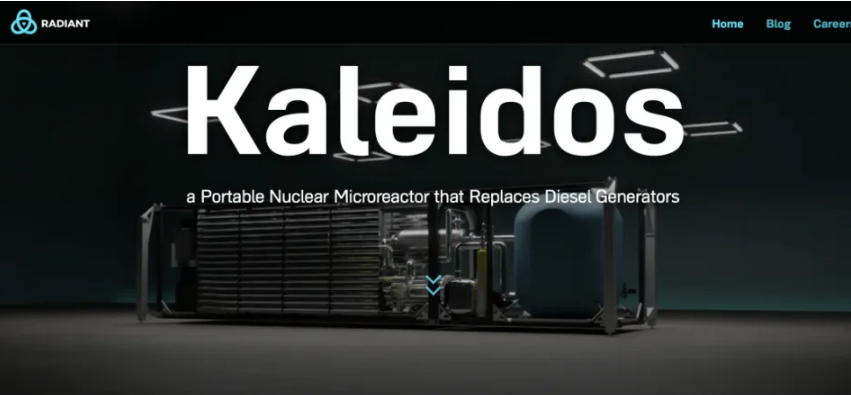Crafting a Seamless AI Integration Strategy
Integrating Kobold AI into your business projects isn't just about technical implementation; it’s about strategically aligning this powerful tool with your business objectives to maximize its impact. Whether you're looking to enhance customer experiences, streamline operations, or unlock new insights from data, following these best practices can ensure a smooth and successful integration of Kobold AI into your projects.
Define Clear Objectives
Start with clear goals. Before integrating Kobold AI, it’s crucial to define what you want to achieve. Are you looking to reduce operational costs, improve product quality, or enhance decision-making processes? Establishing clear, measurable objectives helps tailor the AI system to your specific needs, increasing the likelihood of achieving meaningful outcomes. Companies that set specific targets for their AI initiatives often see improvements in targeted areas by up to 40%.
Ensure Data Quality and Accessibility
Kobold AI’s performance is heavily reliant on the quality and accessibility of the data it uses. Ensure your data is clean, well-organized, and easily accessible. Investing time in preparing your data can reduce integration time by up to 30% and improve the AI’s accuracy and effectiveness. Data readiness not only facilitates a smoother integration but also enhances the AI’s ability to deliver insightful and reliable outputs.
Plan for Scalability and Flexibility
Think big but start small. When integrating kobold ai, it’s advisable to begin with a pilot project. This approach allows you to test how well the AI integrates with your existing systems and workflows on a manageable scale. Once the pilot is successful, you can expand the integration gradually, adjusting the scale based on feedback and performance metrics. This staged scaling can help prevent overcommitment of resources and allows for adjustments without significant disruptions.

Train Your Team
Preparing your team for AI integration is as important as the technical setup. Provide comprehensive training that covers not only how to use Kobold AI but also the principles behind it. Training should include practical sessions where users can interact with the AI and understand its functionality in real-world scenarios. Companies that invest in thorough training report up to a 50% faster adoption rate among their employees.
Monitor and Optimize Continuously
Continuous improvement is key. Once Kobold AI is integrated, it’s essential to monitor its performance and continuously look for improvement opportunities. Use the analytics tools provided by Kobold AI to track its impact on your projects. Regular monitoring can help identify and resolve issues quickly, ensuring the AI continues to meet your needs as your projects evolve.
Build a Feedback Loop
Creating a feedback loop with stakeholders, including end-users and technical staff, can provide valuable insights into how Kobold AI is performing and its real-world impact. This feedback is crucial for fine-tuning the AI to better serve your project goals and can lead to innovations in how the AI is used within your organization.
Why Choose Kobold AI?
Implementing Kobold AI using these best practices not only enhances the success of your AI projects but also ensures that your organization can leverage AI to its full potential. By setting clear objectives, preparing data meticulously, scaling thoughtfully, training effectively, monitoring regularly, and maintaining an open channel for feedback, you can transform your business processes and achieve significant competitive advantages. Kobold AI is more than just a tool—it’s a partnership that grows with your business.